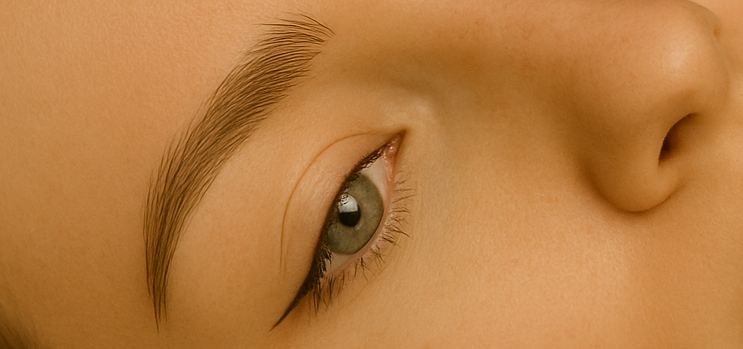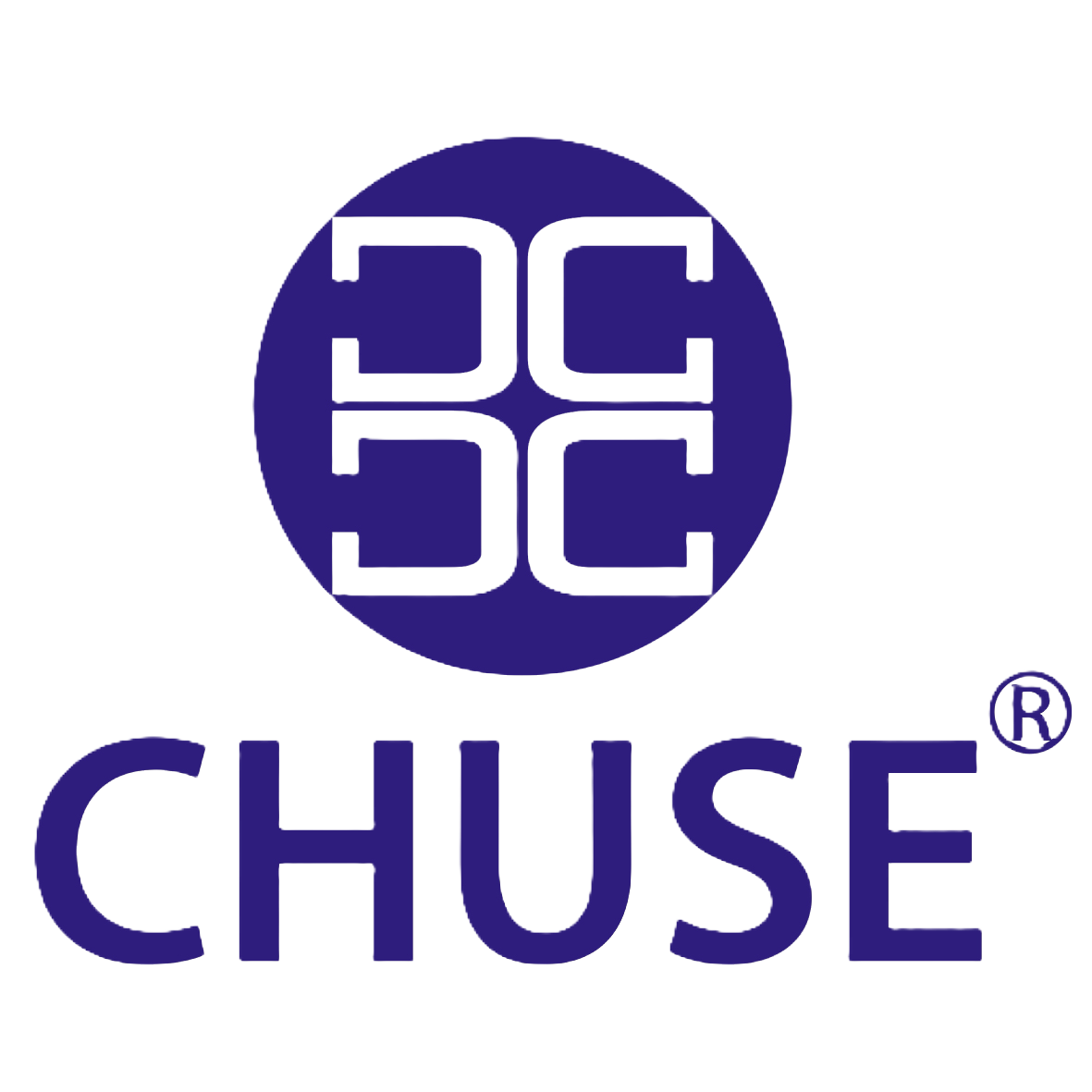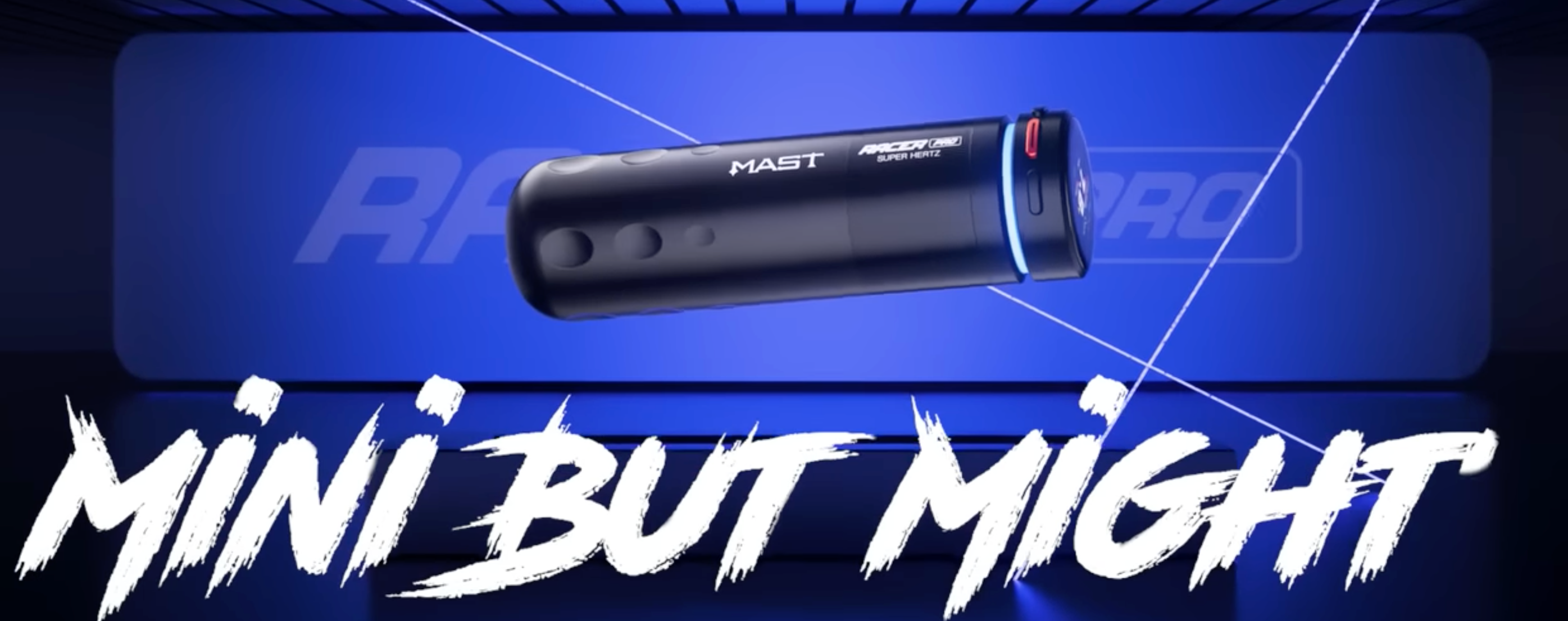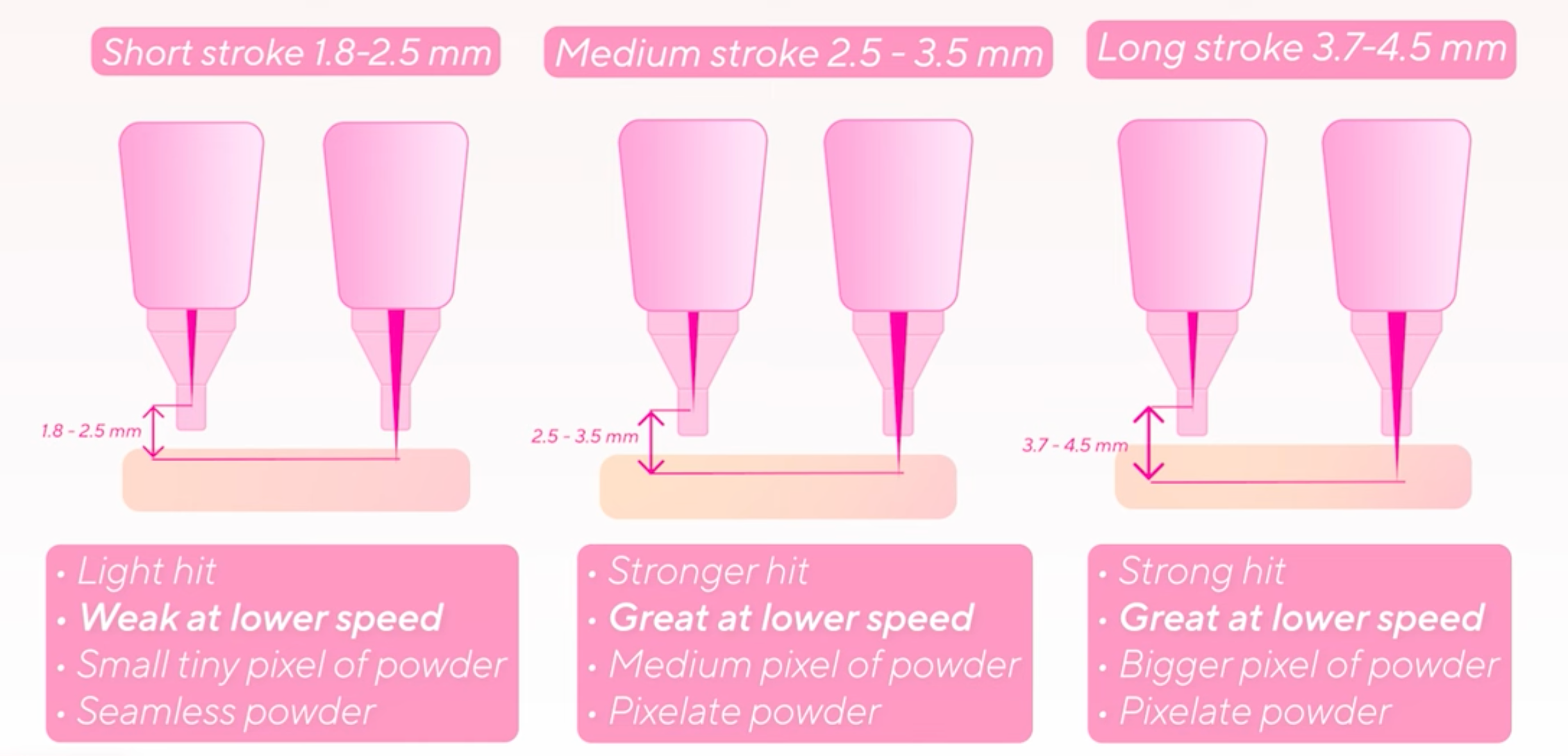
Why Skin Type Is the Most Important Factor in PMU Brows: A Comprehensive Guide for Artists and Clients
When it comes to achieving flawless, long-lasting results in permanent makeup (PMU) brows, most artists focus on machines, pigments, and technique. While those tools matter, there’s one factor that impacts everything—the skin.
As the canvas for your art, the skin determines how pigment is implanted, retained, and healed. Understanding how different skin types behave during and after a PMU procedure is critical to delivering top-tier results for every client.
Whether you’re an experienced PMU artist or someone researching "best technique for oily skin brows" or "PMU for mature skin," this guide is your go-to resource.
Understanding Skin Types in PMU
Each client’s skin reacts uniquely to PMU pigment and techniques. Knowing how to adjust based on skin behavior helps ensure beautiful healed results and client satisfaction.

1. Normal Skin
-
The Ideal Canvas: Balanced moisture and elasticity make it easy to work with.
-
Best Techniques: Microblading, nano strokes, ombré, powder brows—all options are viable.
-
Pigment Recommendation: Inorganic or hybrid pigments heal true to color.

2. Oily Skin
-
Challenges: High sebum production leads to blurred strokes, fast fading, and pigment migration.
-
Best Techniques: Ombré brows or powder brows using PMU machines work best.
-
Pigment Recommendation: Use high-saturation, inorganic or organic-hybrid pigments like CHUSE H Series for better retention.
-
Pro Tip: Avoid microblading, which can blur due to excess oil.

3. Combination Skin
-
Characteristics: Oily in some areas, dry in others.
-
Best Techniques: Nano strokes or machine shading with adaptable pressure.
-
Pigment Recommendation: Hybrid pigments that adjust well across different zones.

4. Dry Skin
-
Behavior: Low oil, high absorbency. Pigment may heal patchy if saturation is too low.
-
Best Techniques: Soft shading or light microblading with diluted pigments.
-
Pigment Recommendation: Inorganic pigments like CHUSE M Series provide better adherence and vivid results.

5. Sensitive or Mature Skin
-
Considerations: Thin, fragile, and prone to redness or trauma.
-
Best Techniques: Nano brows or soft machine shading with light pressure.
-
Pigment Recommendation: Low-saturation hybrid pigments for subtle definition.
-
Aftercare Tip: Prioritize healing ointments and gentle post-care routines.
The Role of Skin in Each PMU Technique
Microblading
-
Works Best For: Dry to normal, youthful skin.
-
Avoid On: Oily, mature, or highly sensitive skin.
-
Why: Thin or oily skin can’t hold crisp strokes and may scar or blur.
-
Product Tip: Use cream-based inorganic pigments like CHUSE M Series for smooth implantation.

Ombré & Powder Brows
-
Works Best For: All skin types, especially oily and mature.
-
Why: Machine shading builds pigment gradually, offering long-lasting results.
-
Application Tip: Layer pigment slowly to avoid over-saturation.
-
Product Tip: Use CHUSE T Series for a soft look, or inorganic pigments for higher definition.

Nano Brows
-
Works Best For: Normal, dry, and combination skin.
-
Why: Allows for crisp hair strokes with less trauma than microblading.
-
Pro Tip: Leave negative space and allow time for healing before adding more strokes.
-
Product Tip: For crisp and soft retention, use CHUSE H Series hybrid pigments.

Optimize for Long-Lasting Results
Each skin type requires tailored care before, during, and after the procedure. Here’s how you can help clients get the best retention:
-
Oily Skin Clients: Recommend stronger pigments and avoid excessive hydration post-procedure.
-
Dry Skin Clients: Emphasize hydration before and after treatment; apply a richer healing balm.
-
Mature Skin Clients: Use gentle techniques and stress the importance of sun protection and consistent aftercare.
Final Thoughts
No matter what machine or pigment brand you use, the key to successful PMU brows lies in understanding skin type. Tailoring your technique and pigment choice to match the client’s skin leads to better healing, higher satisfaction, and fewer touch-ups.
Educate your clients and adjust your approach—because in the world of permanent makeup, perfect brows begin with the perfect canvas.



Leave a comment
This site is protected by hCaptcha and the hCaptcha Privacy Policy and Terms of Service apply.